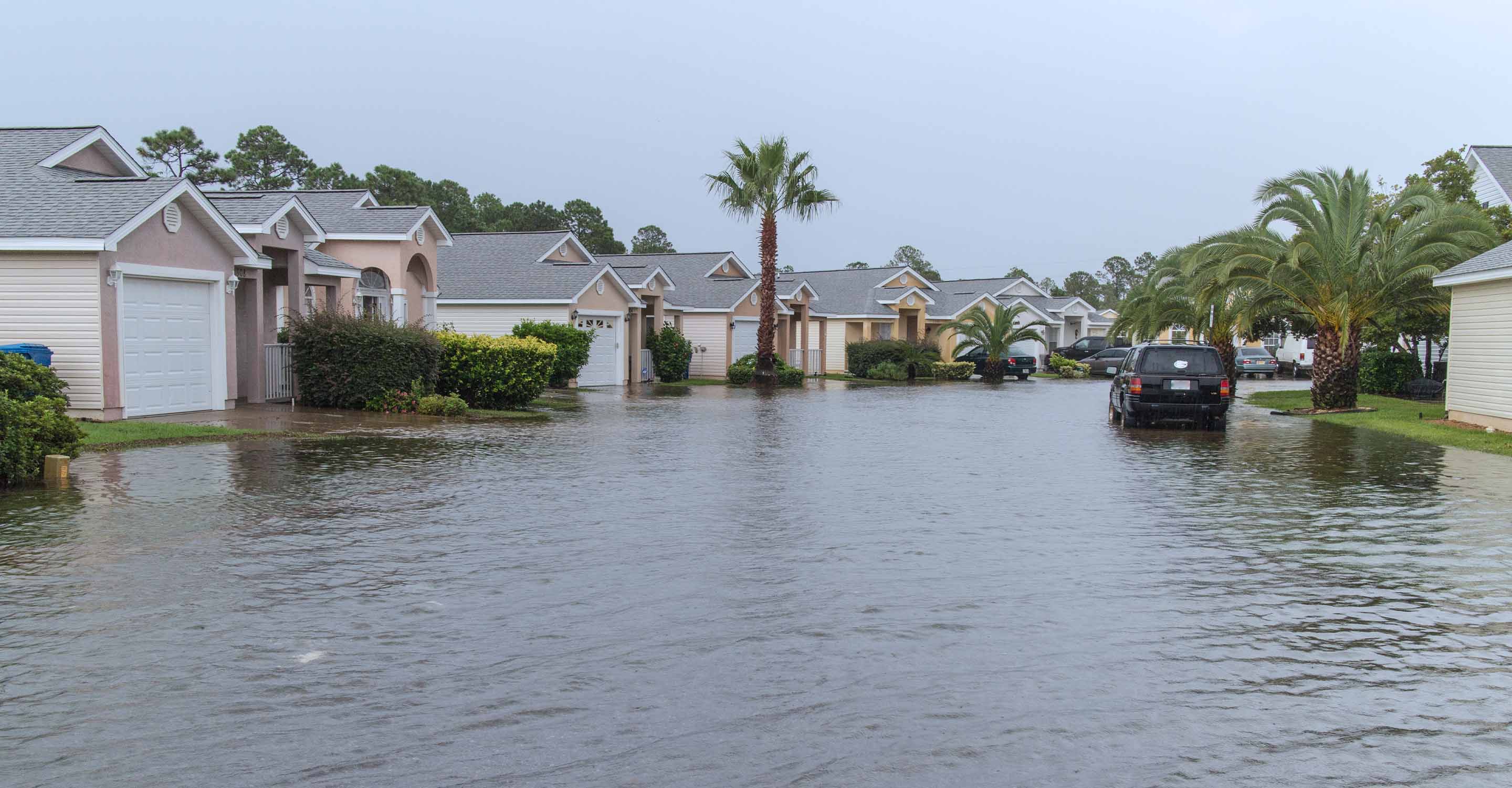Leeds air quality map
Live air pollution map of Leeds
266.5K people follow this city
Full screen
Contributors
26
Stations
27
Contributors category
1
Government
0
Non-profit organization
0
Educational
0
Corporate
0
Individual
25
Anonymous
Most polluted air quality stations
| # | station | US AQI |
|---|---|---|
| 1 | Leeds Headingley Kerbside | 33 |
| 2 | Leeds Centre | 27 |
| 3 | SL015 - Garforth Main Street | 16 |
| 4 | Wetherby Road Rigton Bank | 15 |
| 5 | Buck Stone Crescent | 13 |
| 6 | New Market Street | 13 |
| 7 | Fir Tree Approach | 11 |
| 8 | SL022 Church Lane Horsforth | 10 |
| 9 | Sunnyview Terrace | 10 |
| 10 | 43 Aire Quay | 8 |
Health Recommendations
| Enjoy outdoor activities | |
| Open your windows to bring clean, fresh air indoors GET A MONITOR |
community highlight
Leeds most followed contributors
Become a contributor
Get an AirVisual Outdoor and contribute to collecting millions of data points for the Leeds map to track local air pollution
Understand air pollution and protect yourself
Leeds MAP AIR QUALITY ANALYSIS AND STATISTICS
What information can be seen on the air pollution map for Leeds?
When the reader first opens the air pollution map for Leeds, the first thing to notice is the overall background colour of green. This is also the colour of most of the discs over Leeds city. The discs represent the locations of the ground air-monitoring stations. The significance of their colour is explained in the legend at the bottom of the screen. Green represents good air quality then it ranges through yellow, orange and red to purple and maroon which indicates hazardous quality. The reader will also see a number in the centre of these circles which is the US AQI reading which signifies the overall air quality. This important number is endorsed by the World Health Organisation and is used when comparing air quality in different cities around the world. It is calculated by measuring the levels of six of the most prolific pollutants found in the atmosphere.
When the air pollution map for Leeds is expanded to full-screen mode, much more information is revealed. On the left-hand side of the screen, the viewer will gain several pieces of useful information. This will now show the position of the ground stations, and the location of any wildfires which may be burning in the vicinity. It also shows the air quality and the direction of the prevailing winds. This can be very useful when considering the presence of any fires as it can help determine whether the city will suffer because of the smoke, or not.
On the left-hand side of the screen is a table that shows the world ranking of other cities for comparison.
Once expanded it will be seen that there are six stations in and around the Leeds environs. Five of them register good quality air with US AQI figures ranging from 2 to 20. The sixth station has a US AQI reading of 58 which classifies it as “Moderate”.
Can any other information be gleaned from the air quality map for Leeds?
The air quality map for Leeds is accessible from the main city page for Leeds. Scroll down slightly until a small map will be seen. Once selected, the map will open on its own dedicated page. Between the two pages, there is a wealth of information to be had about all things to do with air quality and pollution.
The air quality reading from the main city page is classified as being “Good” with a US AQI reading of 16. This is in line with the air monitoring stations that are seen on the air quality map page. There are levels for the four main pollutants shown on the page but the most significant one is PM2.5 with a level of just 2 µg/m³. This is within the guidelines recommended by the WHO of being less than 5 µg/m³.
Further down this page can be seen a forecast for the next few days which could be invaluable if travel is planned in the near future.
Can the areas with the most polluted air be seen on the air pollution map for Leeds?
When first looking at the air quality map for Leeds, the discs you will see are well spaced out and therefore are easy to read the US AQI number on them. As you know, the higher the number the worse the air quality. All of the discs over Leeds are coloured green which means the air quality falls into the “Good” category. Local people may recognise certain areas as being the site of a factory or other source of pollution, but overall, the air quality for the city of Leeds is good.
Further down the page is more information about the stations, such as their location and ranking as to how clean they are. There is also a list of the number of people who “follow” them. In this way, you will be alerted to any sudden change in the current situation.
Can the source of the pollution be seen on the air quality map for Leeds?
The air quality map for Leeds shows where the most polluted areas are, but it does not give the source of the polluted air. There are many sources of air pollution within our modern cities from wear and tear on tyres and brakes, dust created by the construction and demolition of buildings, open fires and burners and factories. But the biggest source of air pollution in most cities is the number of vehicles using the road network. Diesel-powered vehicles are known to produce more pollution than gasoline powered vehicles.
Basically, most of the air pollution comes from the burning of fossil fuels in whatever form that takes. These fuels cause an increase in smog, acid rain, soot and particulates, greenhouse gas emissions and dispersal of some heavy metal contaminants.
PM2.5 is often mentioned on the air quality map for Leeds, but what does it mean?
PM2.5 fine particulate matter is typically produced from anthropogenic sources (industries, heating, vehicular traffic and combustion processes in general) and can be of the primary type when it is emitted as such into the atmosphere directly from the sources or it can be of the secondary type, when it is formed by chemical reactions between other polluting items. It is possible to argue that within the PM10 of secondary origin all the particulate matter is actually made up of PM2.5 particles which represents the prevalent part.
The PM10 particles are characterized by long residence times in the atmosphere but specifically, compared to these coarse particles, PM2.5 due to its small size, once inhaled is able to penetrate deeply into the human respiratory system, exceeding the trachea-bronchial barrier and reaching the alveolar area.
Fine particles can cross the alveolar barrier, pass into the bloodstream and be absorbed by the tissues. Most vulnerable to the risks associated with exposure to air pollutants are people with heart or lung diseases, children and the elderly. In subjects with cardiac, cardiovascular or pulmonary diseases, inhalation of particulate matter is associated with an increase in morbidity - exacerbation of pre-existing symptoms - and cardiorespiratory mortality.
Leeds air quality data attribution
26Contributors
Government Contributor
 25 Anonymous contributors
25 Anonymous contributors25 stations
25 Anonymous Contributors
3 Data sources
Where is the cleanest air quality in Leeds?
- Leeds Headingley Kerbside 33
- Leeds Centre 27
- SL015 - Garforth Main Street 16
- Wetherby Road Rigton Bank 15
- Buck Stone Crescent 13
- New Market Street 13
- Fir Tree Approach 11
- SL022 Church Lane Horsforth 10
- Sunnyview Terrace 10
- 43 Aire Quay 8
- Elsham Terrace 8
- SL012 Morley 8
- SL020 Rothwell Community Hub 8
- SL027 - SEE Building (new) 8
- SL041 - Knowsthorpe Gate 8
- Stocks Hill 8
- White Laithe Approach 8
- SL016 Scholes Main Street 7
- SL019 Cornwall Crescent Rothwell 7
- SL025 - Oakwood 7
- SL035 Armouries Drive 7
- Temple Newsam Home Farm 7
- SL042 Manston Grove 6
- Skipton Lane 6
- West End Grove 6
- Foxcroft Mount 5
- SL050 - Bardsey 4









